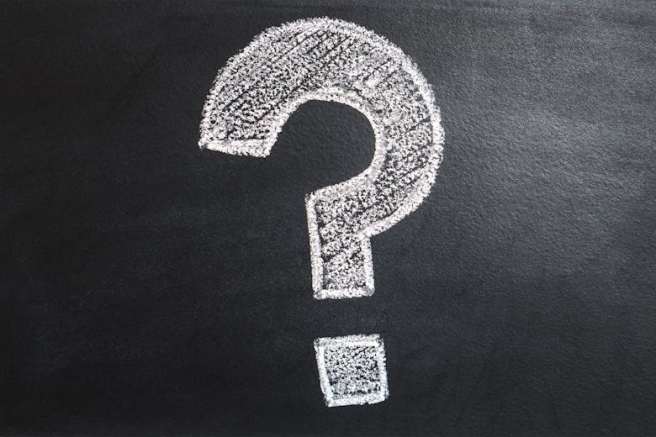What is a Paradox: Meaning and examples

What is Paradox: Meaning and Examples
As a writer, one of the powerful tools you can use is a paradox. It is a literary device that makes your readers think more critically about
what you are saying and
what are the underlying reasons for a particular phenomenon.
What is a paradox?
According to Merriam-Webster’s dictionary, a paradox is “a statement that is seemingly contradictory or opposed to common sense and yet is perhaps true.” When you first read a paradox, it appears to contradict itself, but when you reflect on it further, you uncover deeper truths or hidden phenomena.
Paradox examples: Types of paradoxes
Paradoxes are found in a number of fields, including mathematics and philosophy.
Logical paradox
Take the statement “This sentence is false.” It’s a logical paradox because if the sentence is true, it must be false, and if it is false, it must be true.
Literary paradox
Many fiction and non-fiction authors have used paradoxes to great effect. Some of these have become popular sayings.
Example: George Orwell’s “All animals are equal, but some animals are more equal than others” in Animal Farm.
This statement pithily sums the drawbacks of totalitarian communist regimes.
Time paradox
This kind of paradox involves time travel, which then causes a logical contradiction. For example,
you could go back in time to kill Hitler,
but if you killed him, he doesn’t exist,
so you wouldn’t need to kill him.
One type of time paradox is the “bootstrap paradox”: a person or object is sent back in time and the resulting timeline of events unfolds in such a way that the same person is ultimately sent back to the same point in time once again. This continues in an infinite loop.
Mathematical paradox
These are paradoxes involving numbers and mathematical operations. One of the most famous of these is the potato paradox:
Potatoes consist of 99% water, but if they are dried till they lose 98% of their water, they lose only 50% of their weight.
Oxymoron vs paradox
Another common literary device is the oxymoron: a figure of speech in which two opposite terms are combined to create a unique expression. Some examples are
Deafening silence
Working holiday
Organized mess
Friendly fight
A paradox is different from an oxymoron in that a paradox is a sentence, whereas an oxymoron is just a phrase, often with only 2-3 words.
Paradoxes in research
A paradox isn’t just something you can use to write better, but many paradoxes have become popular research topics.
The “immigrant paradox” (Marks et al. 2014) refers to a phenomenon wherein children of new immigrants have better developmental outcomes than children of native-born parents.
The “privacy paradox” (Kokolakis, 2017) refers to users’ valuing their online browsing history being saved while simultaneously being concerned about collection and use of their personal information.
The “Hispanic paradox” (Markides & Eschbach, 2005) refers to a US-specific phenomenon in which the health status of Hispanics is more similar to that of non-Hispanic White people than African Americans, whereas the socioeconomic status of Hispanics is more similar to that of African Americans.
All these have formed the subject of considerable research.
Comments
You're looking to give wings to your academic career and publication journey. We like that!
Why don't we give you complete access! Create a free account and get unlimited access to all resources & a vibrant researcher community.

Subscribe to Manuscript Writing
Translate your research into a publication-worthy manuscript by understanding the nuances of academic writing. Subscribe and get curated reads that will help you write an excellent manuscript.









